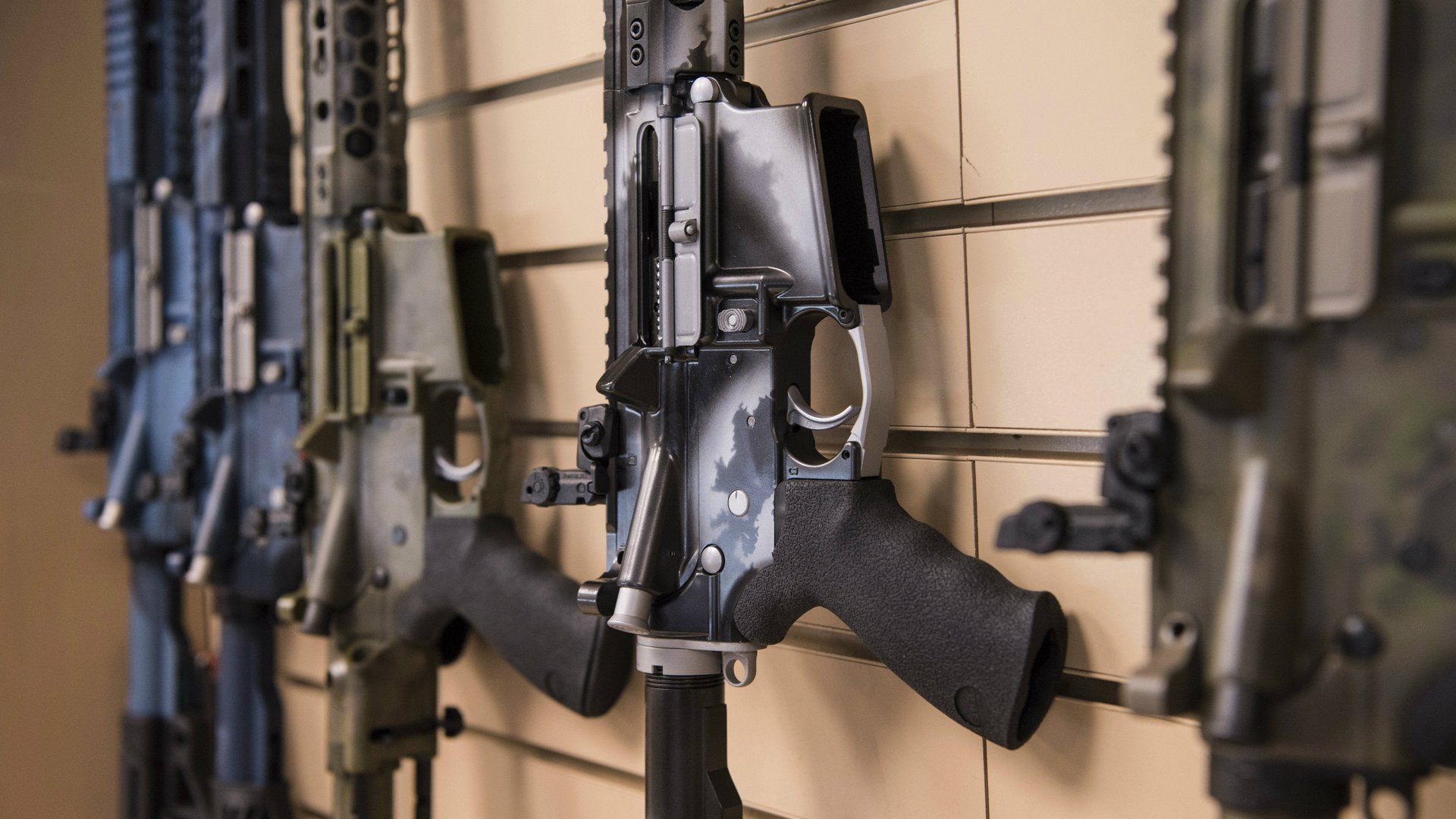The cost of US gun violence has finally been calculated—at $2.8 billion a year
It’s difficult to make sense of the massive epidemic of gun violence in the United States.


It’s difficult to make sense of the massive epidemic of gun violence in the United States.
Following the recent brutal massacre in Las Vegas, which claimed the lives of 59 people and injured 527 others, it’s clear that more data is needed to understand the causes and effects of one of the worst public health crises in modern history.
Researchers from Johns Hopkins University have published a new study in Health Affairs medical journal to “help fill this need.” The study aims to quantify the financial burden of gun violence in the United States by looking at data from 150,930 gun-violence patients who visited emergency rooms between 2006 and 2014.
The annual cost for victims of gun violence is an average of $2.8 billion in emergency-room and inpatient charges alone, the study concluded. If lost wages are factored in, the financial burden rises to $45 billion each year.
According to the Center for Disease Control (CDC), 36,252 people died and 84,997 people were injured in 2015 from firearms (the most recent year data is available), meaning over 100,000 are shot annually, whether by assault, accident, or suicide. The CDC estimates almost a million people were injured or killed from firearms between guns from 2006 to 2014, the years the study took place.
Gun shots are a very costly medical expense. The average emergency room visit from a firearm injury costs $5,254 and skyrockets to $95,887 if the patient is admitted overnight. Over the nine years of the study, that amounted to a whopping $22 billion just in inpatient charges. Patients who died during an emergency room visit were charged $11,463 on average and represent 11.7% of total emergency charges in the study. Patients who need outpatient care following a hospital visit, about a third of inpatient gunshot victims, pay even more—about $179,565.
Firearms are the third-leading cause of injury-related deaths in the US, after poison and car crashes, yet efforts to reduce injuries from guns “have been limited as a result of the politicized environment surrounding gun violence,” the researchers asserted. The same number of people die each year from guns as sepsis, yet funding for gun violence represents about 0.7% of the funding allocated for sepsis research. For every 100 studies published on sepsis, four are published on gun violence.
While more research is clearly needed, the study doesn’t shy away from preliminary recommendations: “Future policies must promote more effective ways of limiting firearm access, particularly among people with a history of mental health disorders or criminal records,” it concluded.